Star Wars has been afraid to rock the boat since fans lashed out after the release of The Last Jedi and Disney playing it as safe as humanly possible for The Rise of Skywalker. Almost all of the content since the sequel trilogy ended has come across as inoffensive and complacent, delivering fandom-pleasing installments that don’t really do much to excite those that have fallen off the bandwagon. When the franchise took a risk with the noticeably darker Andor, both fans and newcomers took interest in it and praised it for being different. Risk-taking is good for a franchise that’s become as stale as Star Wars, and Star Wars: Visions is where the most exciting Star Wars content is now.
For those that are unaware, Star Wars: Visions is an animated anthology series where several different animation studios are allowed to do basically whatever they want within the world of Star Wars. There is no need to try to connect the story of their individual episodes to some larger narrative relating to the Skywalkers. That freedom and experimental nature gives Star Wars: Visions a distinct advantage over most of the rest of the franchise.
When the first season was released in 2021, it featured nine different shorts that all had completely different tones and animation styles. One of the episodes was an action spectacular about two Sith Lords dueling to the death with ridiculous ballistic set pieces. Then you have a coming-of-age story about a small droid who dreams of becoming a Jedi Knight that skews towards younger audiences. There’s also a short that functions as a musical comedy involving a group of young outcasts forming a rock band and playing in front of Jabba the Hutt. All of the shorts present scenarios that haven’t been found in any major film or entry in the series and feel like a breath of fresh air because of that.
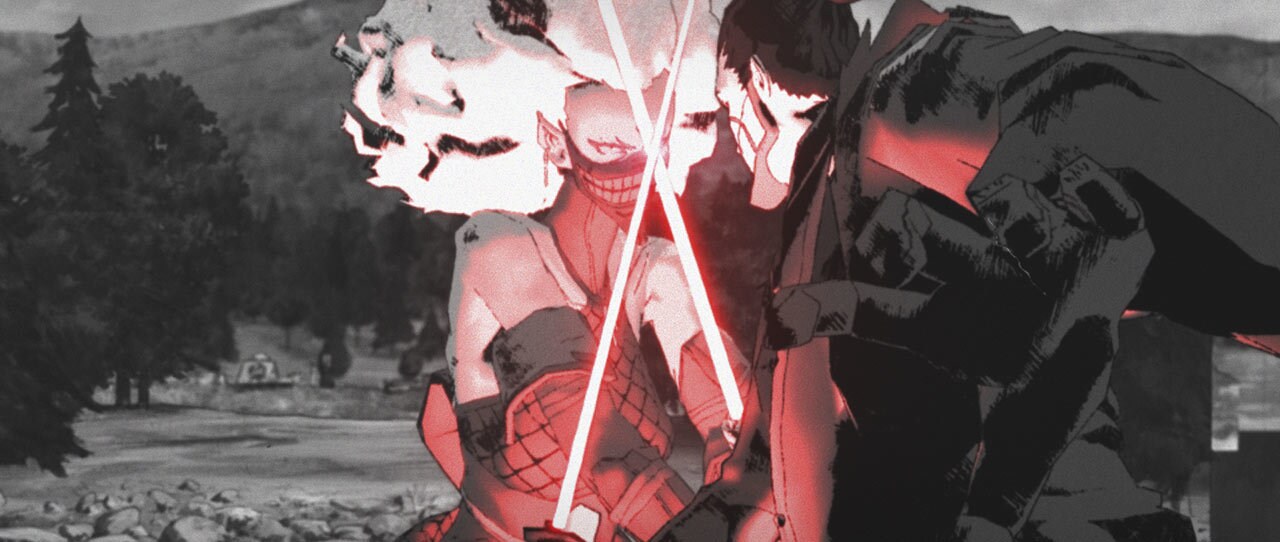
What made the first season of Visions so good was that there was almost uniformity to the shorts since every animation studio that was drafted onto the project came from Japan. Star Wars as a series draws a lot of inspiration from Eastern religions and samurai lore and culture, so giving the keys to the kingdom to a variety of production teams from a culture that unintentionally helped to build the series feels appropriate. And these weren’t no-name studios either. They were production studios that anime fans are acutely aware of, like Studio Trigger, Science Saru, Kinema Citrus, and Production I.G.. There was a pedigree to the selected studios, which brought the first season a lot of positive attention when it launched.
This allowed for all of the shorts to take their own unique approaches to the canon, not beholden to any of the continuity that mires mainline Star Wars entries. Continuity is always a double-edged sword when it comes to fandoms because there is something to be said about enjoying a story that feels interconnected where every entry matters. But over time, if every new entry is fundamental to understanding the larger plot, yet these new installments feel homogenous, then it will only drain people’s enthusiasm for the brand. It’s one of the lessons that Marvel is currently learning the hard way, with many fans experiencing apathy for the grand interconnectedness of that universe.
Star Wars: Visions openly states that all of its episodes are just fun little snippets of a larger universe that tell complete stories in the limited amount of time that they have. Some of them can be expanded into larger series but don’t really need to. They can exist without the need for continuity and stand as individual pieces of art. It is one of the strengths of an anthology series after all.
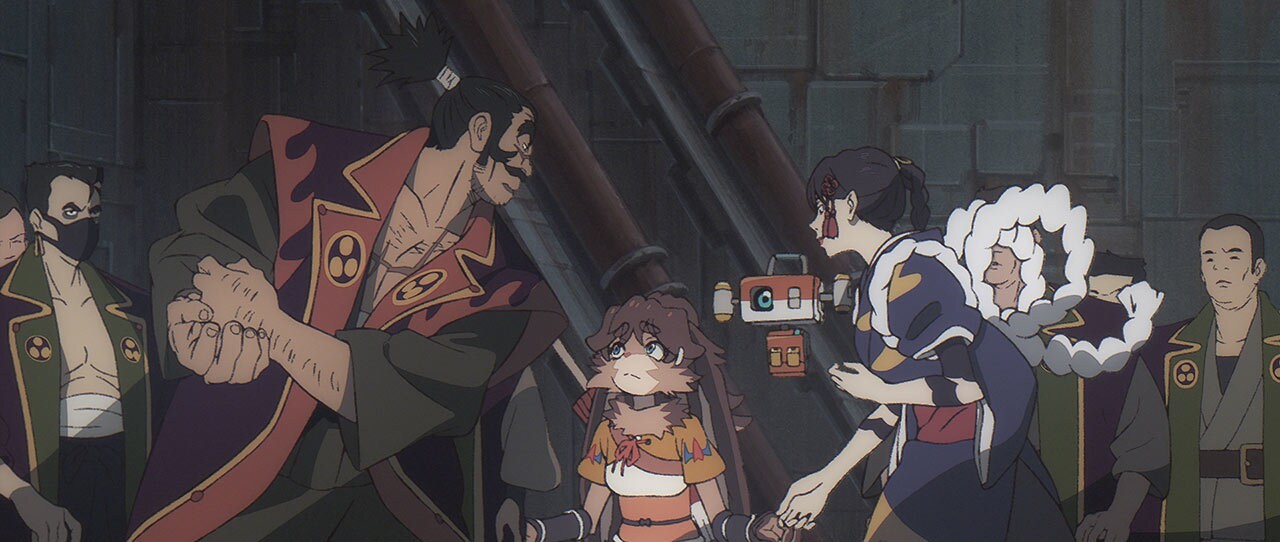
But what has me the most excited about the upcoming second season is that it’s not just going to be more of the same. After the first season, it would have been safe to assume that the second season would continue that anime-focused trend that ran through all of the shorts, making it into the shorthand for Star Wars anime. Disney and Lucasfilm subverted that expectation by featuring only one Japanese studio in the nine episodes in the second season. The rest of the studios involved span the entire globe.
Star Wars: Visions Volume 2 comprises several studios that maybe aren’t the most well-known, but several of them are very respected in the world of animation. Cartoon Saloon, the Oscar-nominated studio from Ireland that created films like The Secret of Kells, Song of the Sea, and Wolfwalkers, is doing a short called “Screecher’s Reach.” Aardman Animations of Wallace and Gromit fame has a short titled “I Am Your Mother.” Then there’s Studio Mir, the company responsible for The Legend of Korra, giving us a short named “Journey to the Dark Head.” Then there are other studios from places like Chile, France, India, and South Africa, lending this season a breath of diversity and multiculturalism that the first season, and most of Star Wars itself, didn’t really have.
That is where the anticipation really is. You have cultures that are interacting with this global franchise that never really had much of an impact on it up until this point. It’s exciting to think about how Indian culture may mix with Star Wars or how the heritage of Spain will influence the direction of El Guiri’s short, “Sith.” If these entries are great, then they could potentially inspire new directions for the franchise to head in. If they don’t work, then it’s just a single entry in an anthology series, so the harm is minimal.
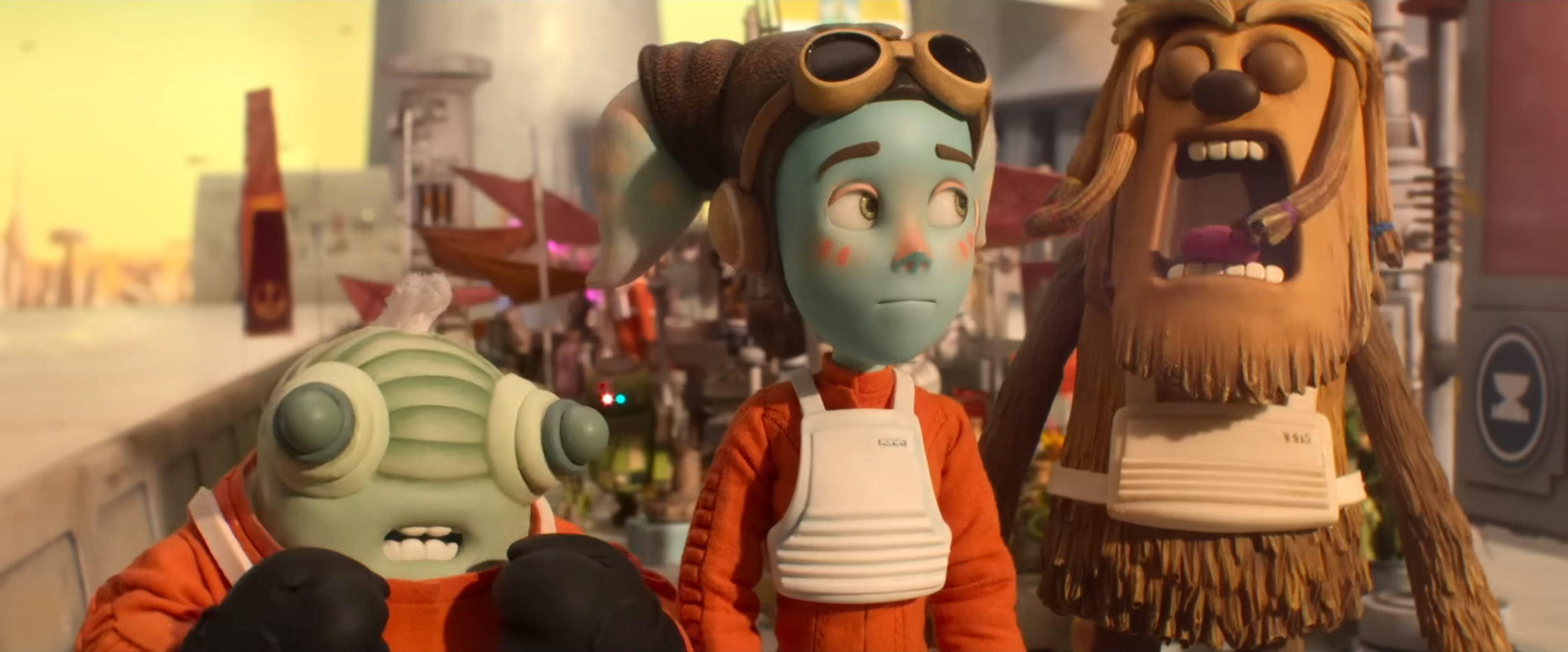
All of that isn’t even factoring in the different animation styles that are on display in the trailer. We have a claymation episode, an episode done entirely in stop-motion, some sick-looking CG that makes lightsabers look like volatile lasers, more anime-inspired visuals, and even a hand-drawn episode. These episodes, no matter how good they end up being, will at the very least be visually interesting to watch and offer up something that most Star Wars fans haven’t seen before.
It’s risky for a franchise like Star Wars to step so far out of its comfort zone, but that’s exactly what’s happening with Star Wars: Visions and why it’s so exciting. Each season has you wondering who will be involved and what they’ll do with a blank check from Disney to play with its toys. When you hear about a Star Wars movie, you know what kind of experience you’ll probably be getting. Visions has pure creative energy and can present a ton of different genres that have never been seen before in the franchise. Maybe there will be a murder mystery, or a comedy, or an episode with overt horror elements in it. The sky’s the limit for a show like Star Wars: Visions, and I will gladly take more seasons of this than another trilogy of the same old sci-fi fantasy tropes and continuity I’ve grown numb to.

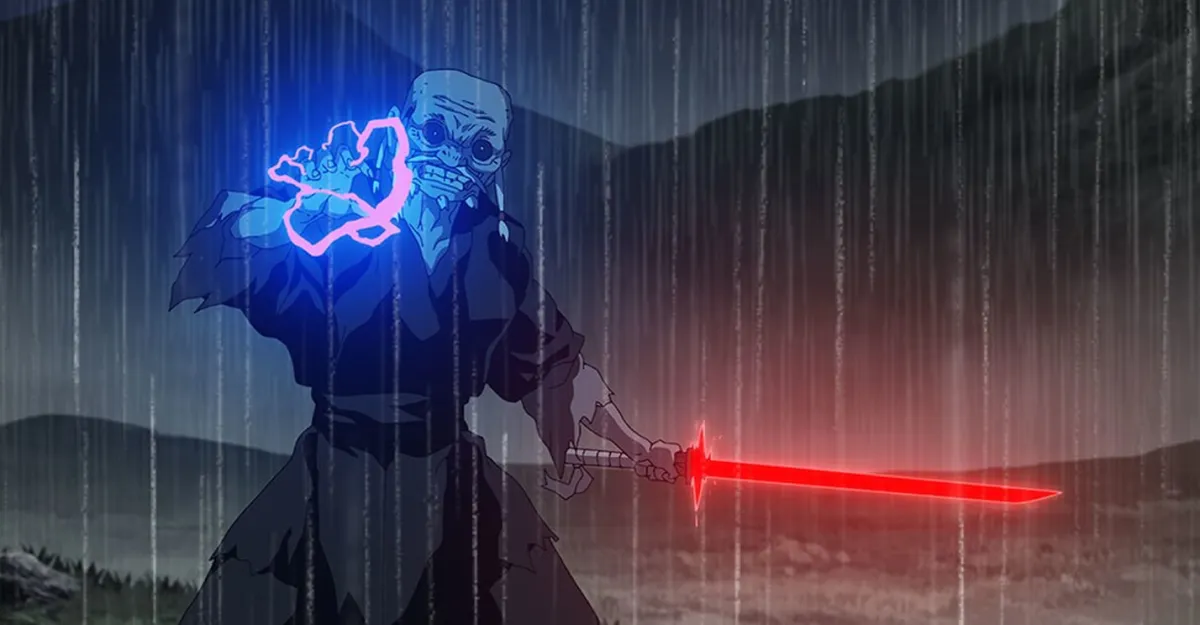








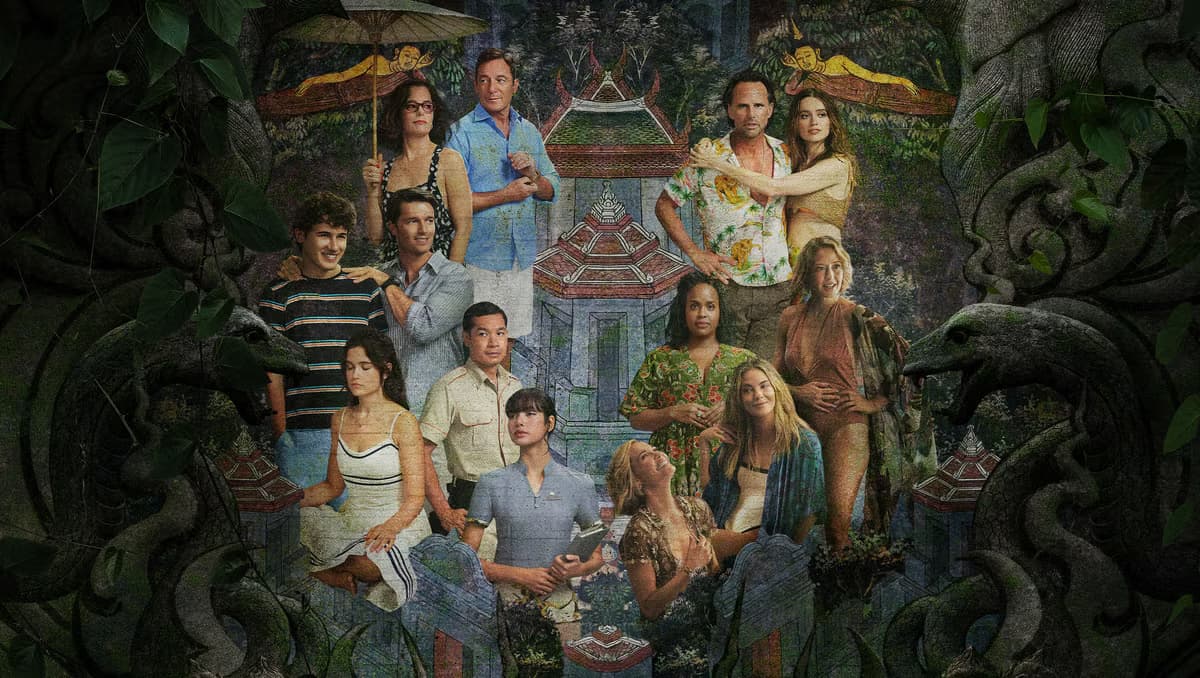


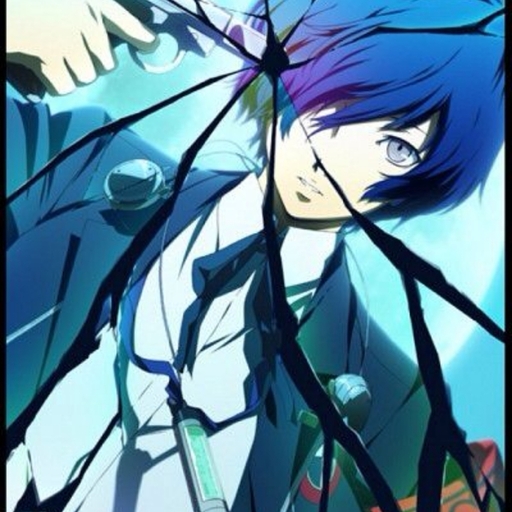
Published: Apr 23, 2023 4:00 PM UTC